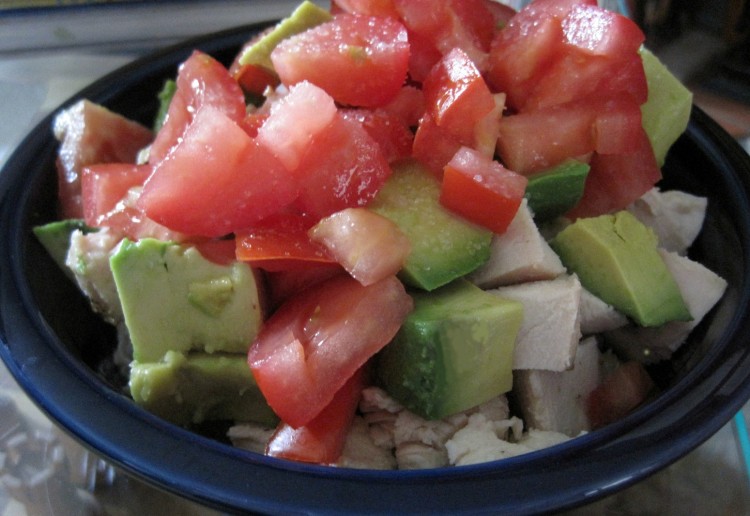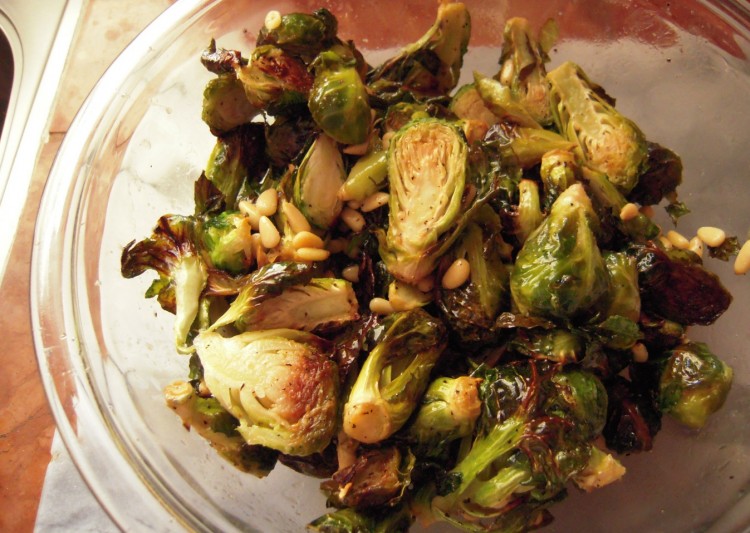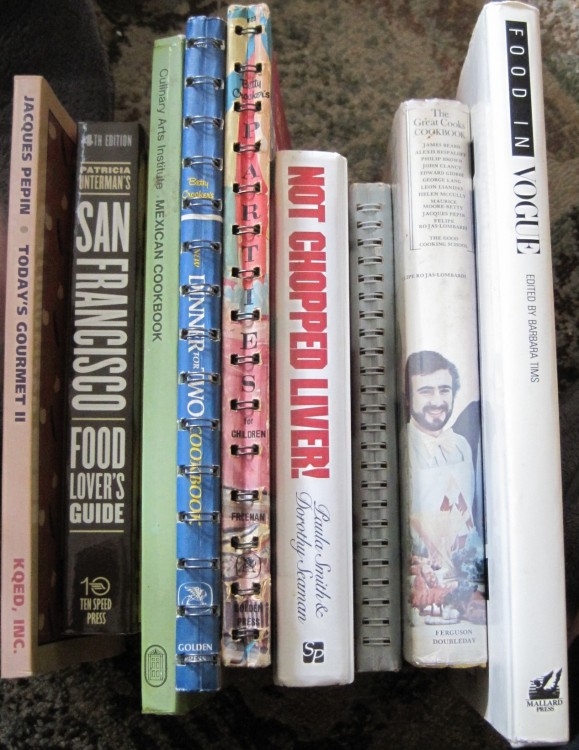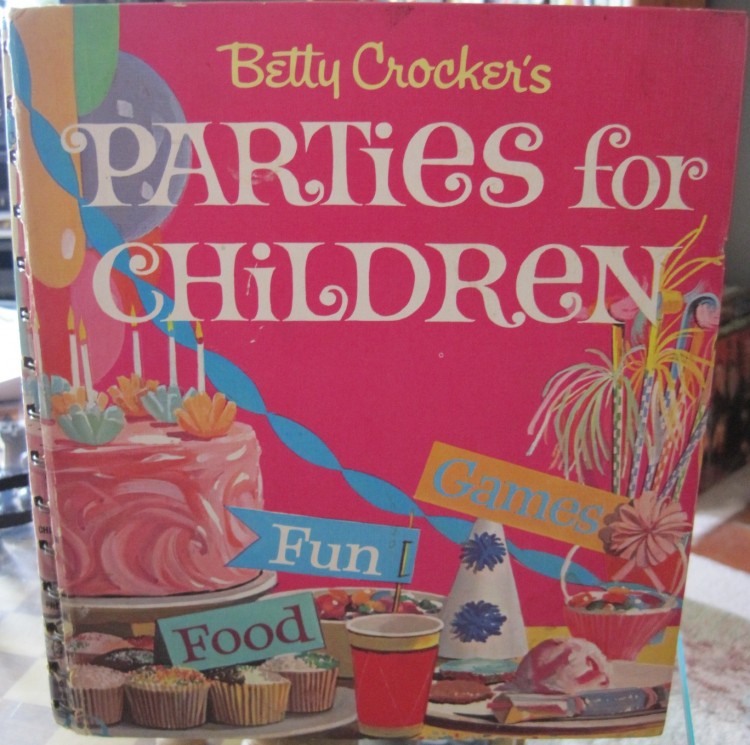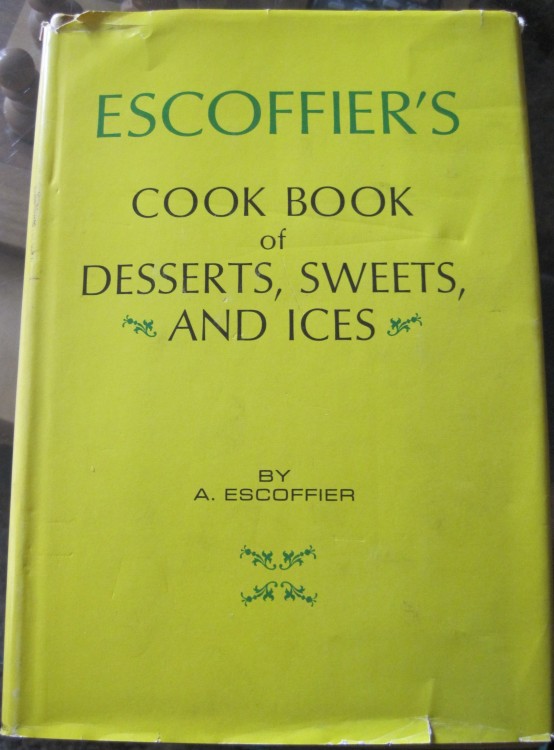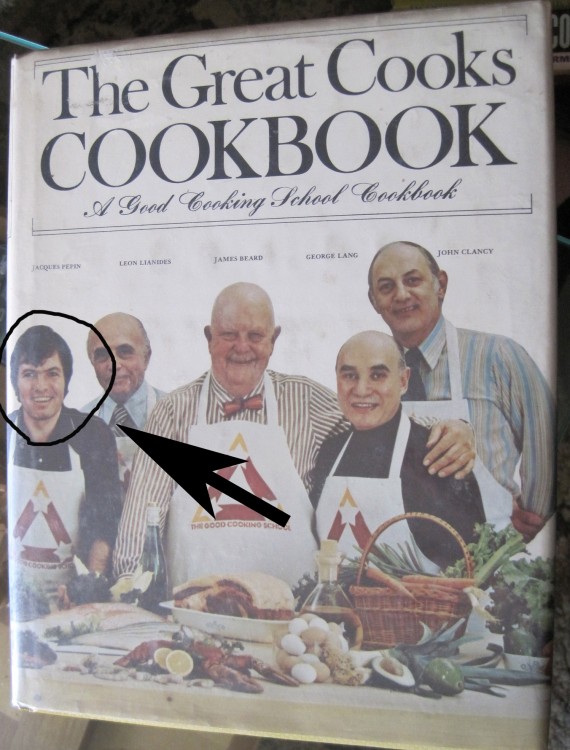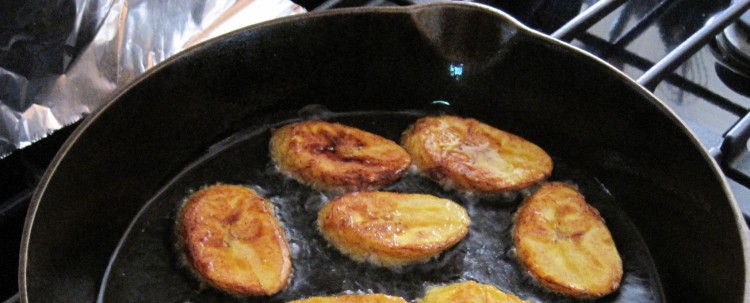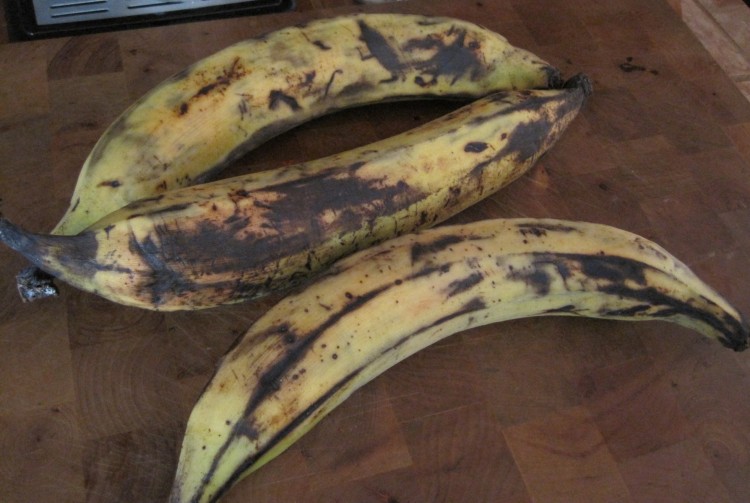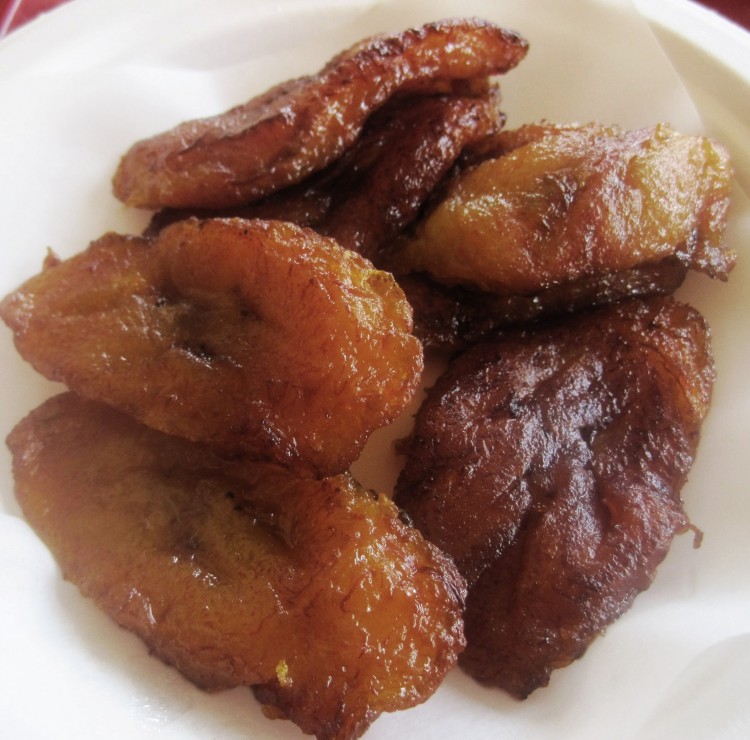I sometimes have to take good-natured ribbing from friends back home in NY about the culture in California, the SF Bay Area, and Berkeley and environs – in that order.
The stereotype of the “California yahoo” seems to increase in magnitude with that progression, reaching its apex smack-dab in Berkeley.
I’m asked regularly if I’ve replaced my roof with cow dung and am growing organic crops up there.
I’m told that we Californians talk out of both sides of our mouths, namely driving everywhere and then dumping on others for not buying organic.
Well, I may concede a bit about the driving. When I lived in NYC I did not have a car. Public transport is very good there, and having a car is of negative value in most areas. I tell them I tried living here without a car for 5 years, but it was impossible given how spread out things are and how difficult it was to shop for food. Supermarkets are not on every corner.
I further justify myself by pointing out that I bought a Honda Civic new in 1999, it has less than 50,000 miles on it, and continues to serve the needs of 4 people.
I suppose the bottom line is that I do what I can, and try to do more all the time. I make choices based on information I may not have been cognizant of 10 years ago. Now, the more I know, the more I want to learn. Where food is concerned, I read labels and seek out information before I buy. If that makes me a yahoo, then so be it.
I’m happy to say that many of us here in California and elsewhere are making incremental changes.
Some things are harder than others. For example, until organic, grass-fed beef takes over a larger part of the market share and prices drop, I cannot afford to purchase it exclusively. We don’t eat very much red meat, perhaps once a week, so I try to buy it 50% of the time. Chicken – pretty much the same program; every other chicken I bring home is organic. With pork, I buy Niman Ranch as often as possible. Issues here are complicated, particularly with beef. People in the US are accustomed to the flavor of grain fed beef – mostly in the form of feed lot beef – but are not knowledgeable about its production. Many say they don’t care, but I bet they would if they saw things first-hand.
I made a full transition to organic eggs. They taste much better and I feel good about not increasing demand for the crueler product. I’m happy to say that a non-organic egg has not entered chez Renate for 5 years. Even Costco now carries organic eggs in 18-egg packs.
I try to buy local, organic produce, whenever possible, and shop for fruits and veggies almost exclusively at farmer’s markets and stores that are careful about what they offer, like Berkeley Bowl. This is a no-brainer. If you don’t want synthetics in your fruit salad, then buy organic, or from local farms that use natural pesticides and fertilizers, even if they’re not certified as organic. Ask!
There are some “green” things I started doing that actually save me money and make life easier.
I buy in bulk and store in air-tight, food-grade, NSF approved, plastic containers. You have no idea how much easier it is to work in the kitchen when you don’t have to futz with bags of flour and sugar. Costco, Smart & Final and 99 Ranch serve me well. I was even able to buy a two-pound package of Red Star active dry yeast at S&F for $5.49. Hello! Those little 3-packs can go for $2.50! Not only will you save money, but there will be less packaging for the environment to have to contend with. Here’s a photo of a portion of my pantry. Popcorn, brown sugar, raw sugar, bread flour, AP flour, whole wheat four, brown Jasmine rice, iced tea bags, yeast – all there.
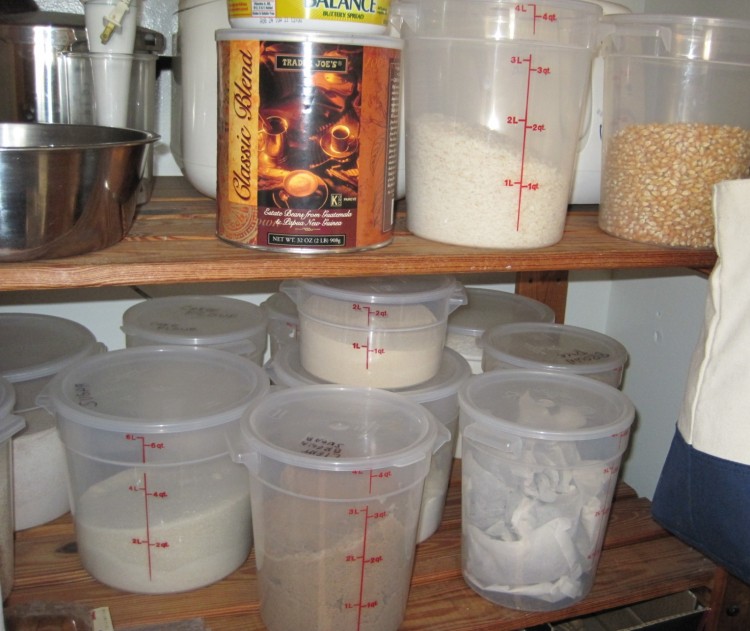
We also use hot and cold travel cups that look disposable. The hot cups are porcelain with silicone tops and sleeves, and the cold cups are non-BPA plastic with a screw-on lids and plastic straws. We take home-brewed coffee and iced tea out the door and save a small fortune without generating plastic trash from take-out iced lattes. Sure, we buy coffee out sometimes, but as a treat. The Eco-First cold drink cup is from Copco, and costs about $7.99. The Eco Cup for hot beverages is from Decor Craft Inc., and sells for about $10.
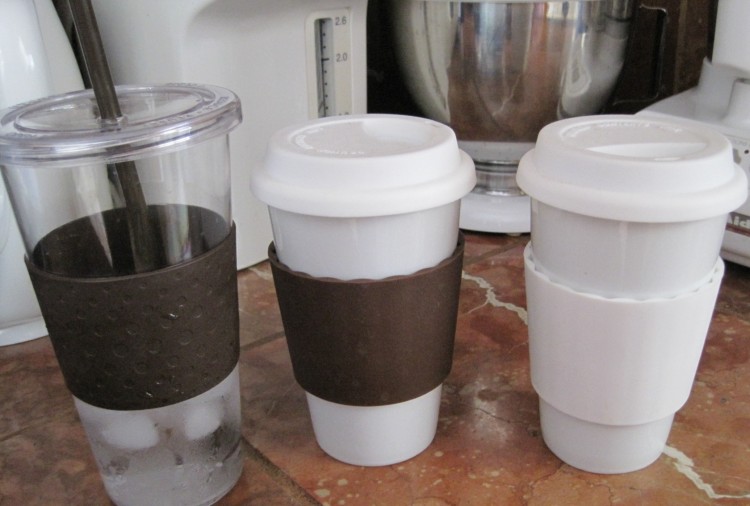
You might also want to start using some of the phosphate-free, enviro-friendly products for your dishwasher (and clothes washer, for that matter). Not only are many of these fully biodegradable and biorenewable, they’ll help prevent suds-lock. My Costco now even carries Ecover dish tablets, a product I love.
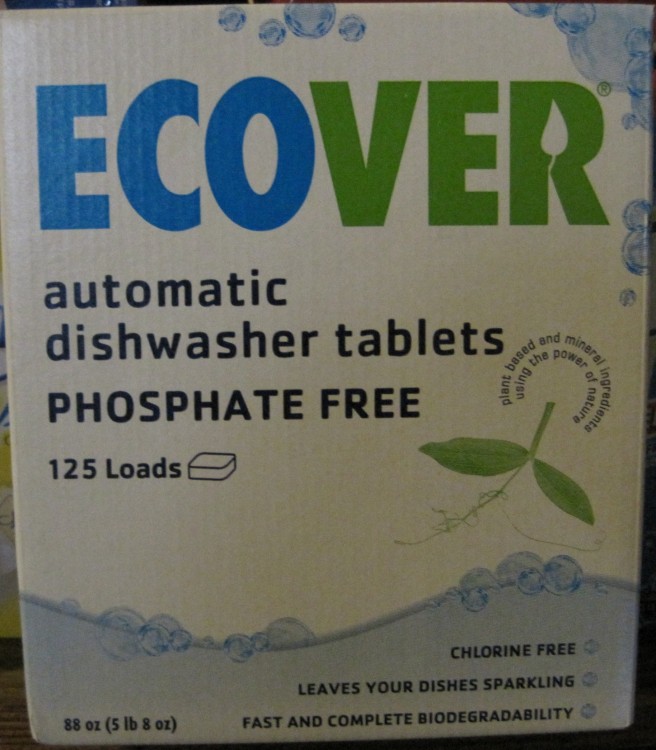
I also stay away from disposable wipes, and use one of the “green” spray cleaners and a cloth that resists bacteria, which I wash along with the rest of my laundry. You can pick up a container of Costco’s version of a friendly cleaner, if you want the most bang for your buck. It comes with a spray bottle and you can dilute it. Just shy of 1 and 1/2 gallons, it’ll last forever. If you’re a purist, and want little more than pure soap suspended in water, look for products at a place like Berkeley Bowl. Sometimes you do want something like this, as I do for my stall shower, which my dog visits daily to lick water off the tile.

I guess what I’m trying to say here is that we should all think about this stuff and do what we can. Start with a few easy things and go from there.
Not destroying the environment, not running through every natural resource we have, and keeping harmful things away from and out of our bodies are always good, no matter what you think about global warming.

